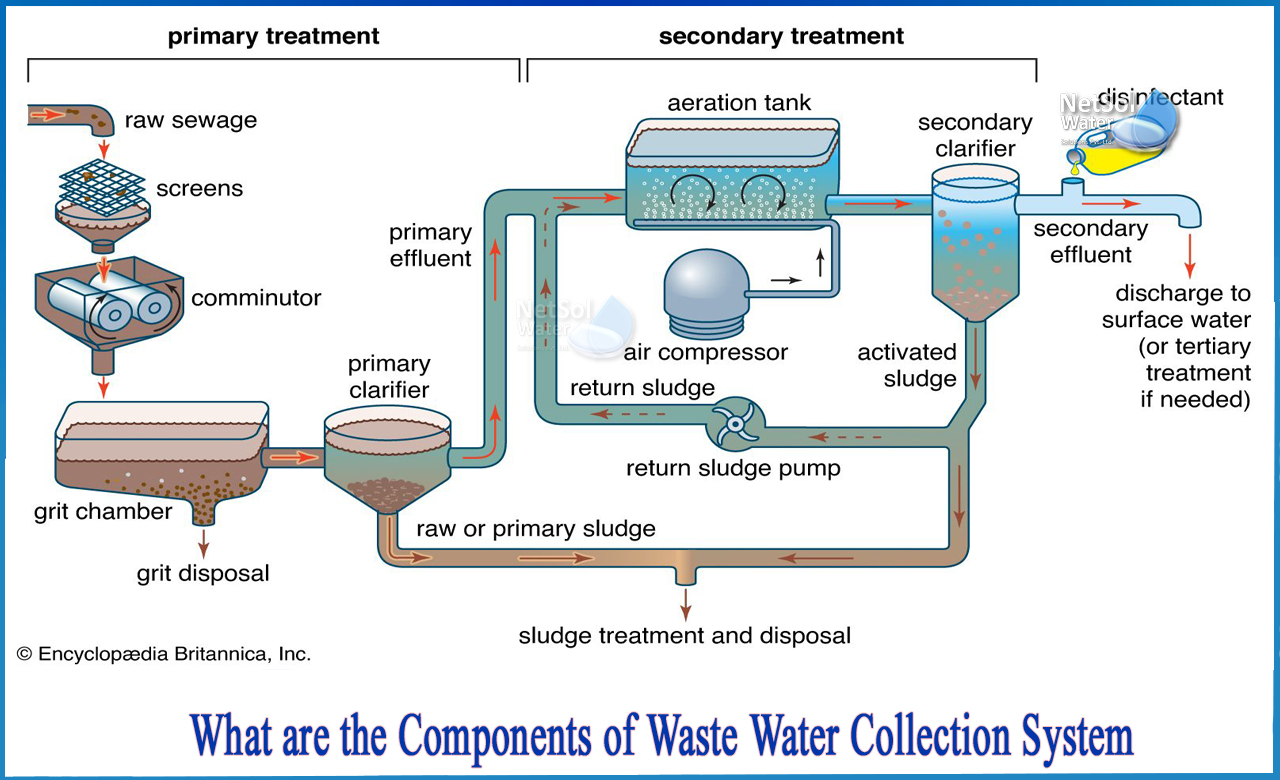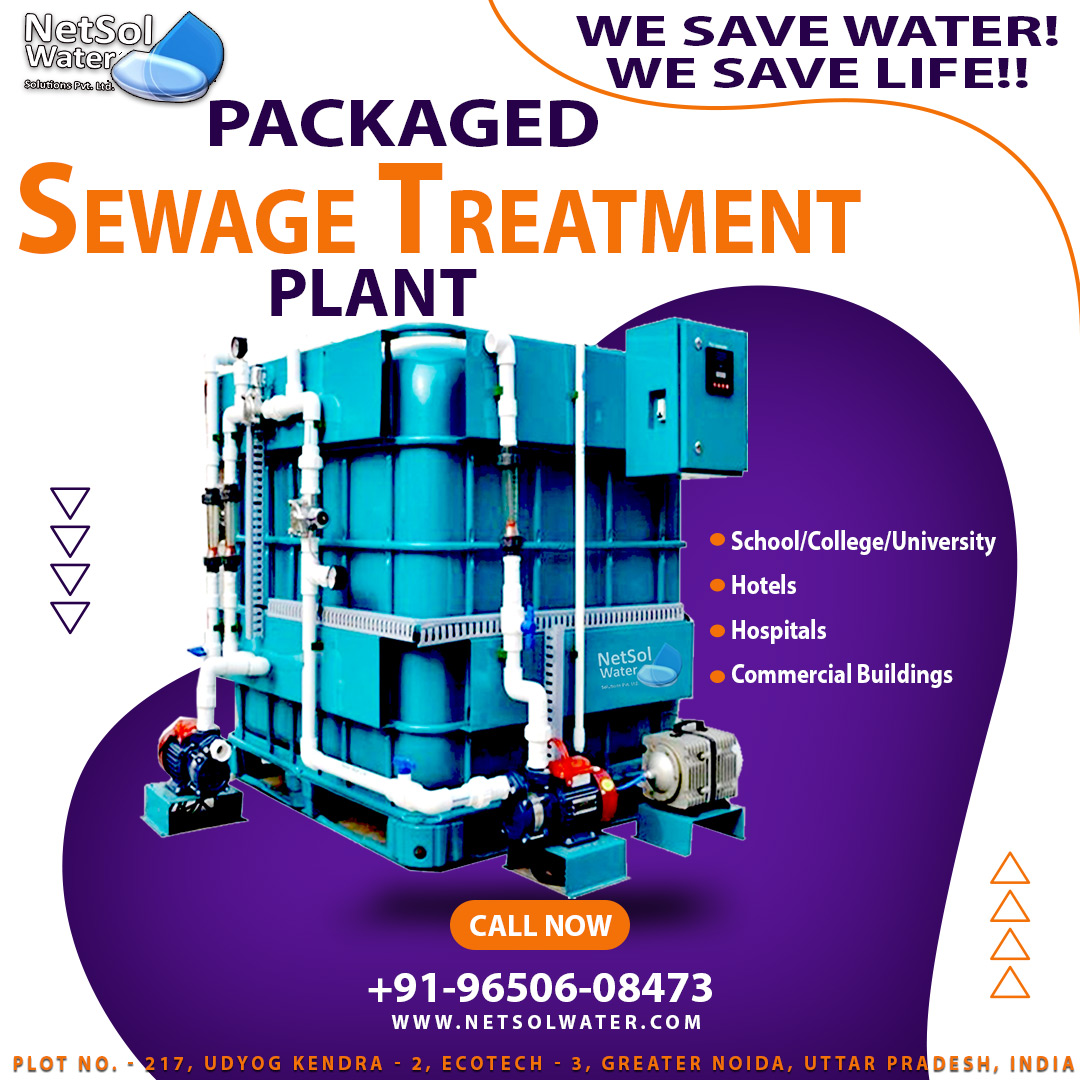What are the components of waste water collection system?
The system of underground pipes and maintenance buildings used to transport wastewater to a Water Resource Recovery Facility is known as a collection system (WRRF). The wastewater collection system is one of the most valuable and largest infrastructure assets in most municipalities. Collection systems, which include gravity sewers, pumping stations, force mains, and other sewer conveyance methods, have dramatically improved public health. The majority of sewers, also known as sanitary sewers, transport garbage from homes and businesses.
Separate sanitary sewer and combined sewer systems were the two types of sewer systems in the past. One set of ditches and pipes conveyed storm water runoff directly to streams or rivers without treatment, while another set carried wastewater to be treated. Storm water and sanitary wastes are carried in the same pipes in mixed sewer systems. Combined systems might be overwhelmed by strong rains and dump untreated effluent into receiving rivers.
Rainfall can overrun collecting systems even in separate systems due to input (water from downspouts and sump pumps) and infiltration (storm water and ground water entering pipes through cracks and leaky connections). Collection systems must be kept in good working order to ensure safe and effective treatment and compliance with the Clean Water Act.
A wastewater collection system is a network of pipes, tunnels, conduits, and other devices that transfer wastewater from residences, companies, and industries to a treatment facility. Gravity (the recommended option) or sanitary lift or pump stations transport the wastewater to either a position where gravity can be used or to another lift or pump station, and then to the wastewater treatment facility.
In either instance, the collection system contains a number of working components, which are illustrated and discussed below:
House Sewer: The wastewater from a building is transported to the lateral or branch lines by the house sewer.
Lateral & Branch Sewers: The municipal sewer system's upper reaches are known as lateral and branch sewers. At their upstream terminus, lateral sewer lines come to a halt, with branch sewers collecting wastewater from many lateral sewage lines.
Sub-main Sewers: Sub-main Sewers are collection points for a large number of lateral and branch sewers from a large area, a neighbourhood, or a housing complex. They transport garbage to bigger trunk sewer lines, lift stations, or a community package water quality treatment centre.
Trunk/Main Sewers: The primary arteries of the wastewater collecting system are the trunk/main sewers. They collect and transport wastewater from multiple main sewage lines to a water treatment centre or an interceptor sewer.
Interceptor Sewers: Interceptor Sewers collect wastewater from trunk sewers and transport it to a water treatment facility. These are the sewer system's largest diameter lines, as well as the ones that run the furthest downstream.
Lift or Pump Stations:When the route taken by a gravity sewer would require the sewer to be placed at an insufficient slope or at an unsuitable depth, stations are used to elevate (pump) effluent to a higher height. The size and type of lift station depends on the amount of wastewater to be treated and the height to which it must be hoisted.
For more information, contact Netsol Water.




